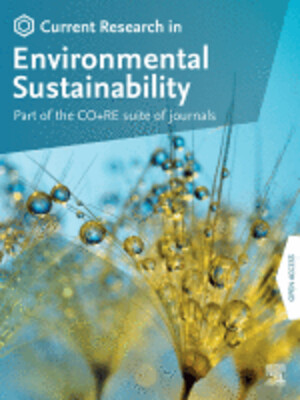
Widening geographic range of Rift Valley fever disease clusters associated with climate change in East Africa
Abstract
Background: Recent epidemiology of Rift Valley fever (RVF) disease in Africa suggests growing frequency and expanding geographic range of small disease clusters in regions that previously had not reported the disease. We investigated factors associated with the phenomenon by characterising recent RVF disease events in East Africa.
Methods: Data on 100 disease events (2008–2022) from Kenya, Uganda and Tanzania were obtained from public databases and institutions, and modelled against possible geoecological risk factors of occurrence including altitude, soil type, rainfall/precipitation, temperature, normalised difference vegetation index (NDVI), livestock production system, land-use change and long-term climatic variations. Decadal climatic variations between 1980 and 2022 were evaluated for association with the changing disease pattern.
Results: Of 100 events, 91% were small RVF clusters with a median of one human (IQR, 1–3) and three livestock cases (IQR, 2–7). These clusters exhibited minimal human mortality (IQR, 0–1), and occurred primarily in highlands (67%), with 35% reported in areas that had never reported RVF disease. Multivariate regression analysis of geoecological variables showed a positive correlation between occurrence and increasing temperature and rainfall. A 1°C increase in temperature and a 1-unit increase in NDVI, one months prior were associated with increased RVF incidence rate ratios of 1.20 (95% CI 1.1, 1.2) and 1.93 (95% CI 1.01, 3.71), respectively. Long-term climatic trends showed a significant decadal increase in annual mean temperature (0.12–0.3°C/decade, p<0.05), associated with decreasing rainfall in arid and semi-arid lowlands but increasing rainfall trends in highlands (p<0.05). These hotter and wetter highlands showed increasing frequency of RVF clusters, accounting for 76% and 43% in Uganda and Kenya, respectively.
Conclusion: These findings demonstrate the changing epidemiology of RVF disease. The widening geographic range of disease is associated with climatic variations, with the likely impact of wider dispersal of virus to new areas of endemicity and future epidemics.
Citation
Situma, S., Nyakarahuka, L., Omondi, E., Mureithi, M., Mweu, M.M., Muturi, M., Mwatondo, A., Dawa, J., Konongoi, L., Khamadi, S., Clancey, E., Lofgren, E., Osoro, E., Ngere, I., Breiman, R.F., Bakamutumaho, B., Muruta, A., Gachohi, J., Oyola, S.O., Njenga, M.K. and Singh, D. 2024. Widening geographic range of Rift Valley fever disease clusters associated with climate change in East Africa. BMJ Global Health 9(6): e014737.










